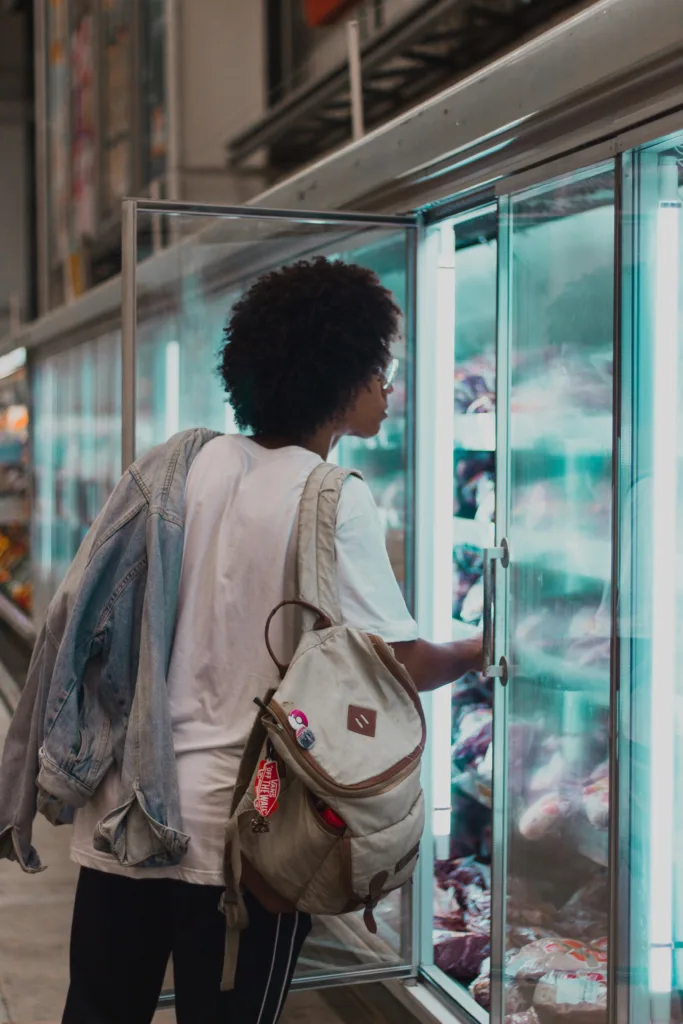July 3, 2023
The Omnichannel Rule: Since shoppers move fluidly across physical and digital channels to discover, consider and purchase items, retailers and brands need to be everywhere.
- Walmart, Target, Kroger, Best Buy, etc. all fit the Rule.
- Omni-enablers like Instacart are helping retailers follow the Rule.
- Direct-to-Consumer brands expanding to physical retail reinforce the Rule.
- Social commerce efforts like TikTok Shop opening warehouses are driven by the Rule.
But not Amazon and Costco.
Amazon has Whole Foods, but growth is hardly there, it never unlocked a real omnichannel model, and its Fresh and 4-Star store efforts have failed.
Management's comments sound more like they're pioneering a new, radical way than simply executing the most established form of retail: "We have a set of experiments and ideas and concepts that we’re working on across our dozens of stores and we’re pretty optimistic that we have something that may very well work."
A dozen stores for a retailer about to do $700 billion in GMV?
Credit to the team for trying something different, but there's also something to be said for over-thinking it!
And Costco…
While it has grown digital sales, it's tough to conclude anything other than management half-heartedly hoping it works.
They mostly talked about improving emails on their last call with investors: "…it was probably four years ago that we talked about sometime soon we’ll do targeting and after that do personalization. Well, we’re still in the early innings."
Four years!
Still in the early innings!
And the commentary on its curbside tests sounds like an initiative designed to fail: "In terms of curbside, we’re not very thrilled about it or maybe a little stubborn about it. We tried it in a few locations a year ago, and successfully proved to ourselves we don’t like it. And we want you to come in…"
What the company “wants” is usually trumped by what the consumer wants.
Despite breaking the Rule, and every intuition in us leading to the conclusion both Amazon and Costco are wrong, the results have been outstanding!
Amazon's on pace to become the largest retailer in the U.S. this year. They're outpacing peers and innovating like crazy on the retail media side.
And Costco…go to a Club on a Saturday morning and see consumption in all its glory! They're masters of merchandising. Comps have gone gangbusters and forward looking sales growth of mid-single digits is faster than many of its peers, with operating income increasing at a faster rate.
They're both winning in their own unique ways compared to omnichannel rivals following the Rule.
This reality challenges conventional wisdom.
Maybe Amazon doesn’t need physical stores.
Maybe Costco doesn't need eCommerce.
Killer membership programs, clear value propositions, and unique shopping models have been enough for them to overcome the Rule.
eCommerce readers are yelling at this point…
"Have you gone crazy! Don't say this. We'll get even less support! My colleagues are already inclined to underinvest in eCommerce."
But the conclusion from Amazon's and Costco's strategies aren't to ignore online or discount the importance of stores.
It's to reflect.
It's to consider what they’re foregoing by breaking the Rule.
What could be possible for them?
Questions for you?
What's the Omnichannel Rule look like applied to your business?
Are you unique enough to break it?
Would the consumer agree?
What do you forego?
You must be VERY special to break industry rules.
If you're like Amazon and feel like you only need to be online, then you better have a one-of-a-kind generational brand.
If you're like Costco and believe you can simply dip your toe into eCommerce, then you better be offering something very special.
Most retailers, brands and solution providers simply have to follow the Rule.




